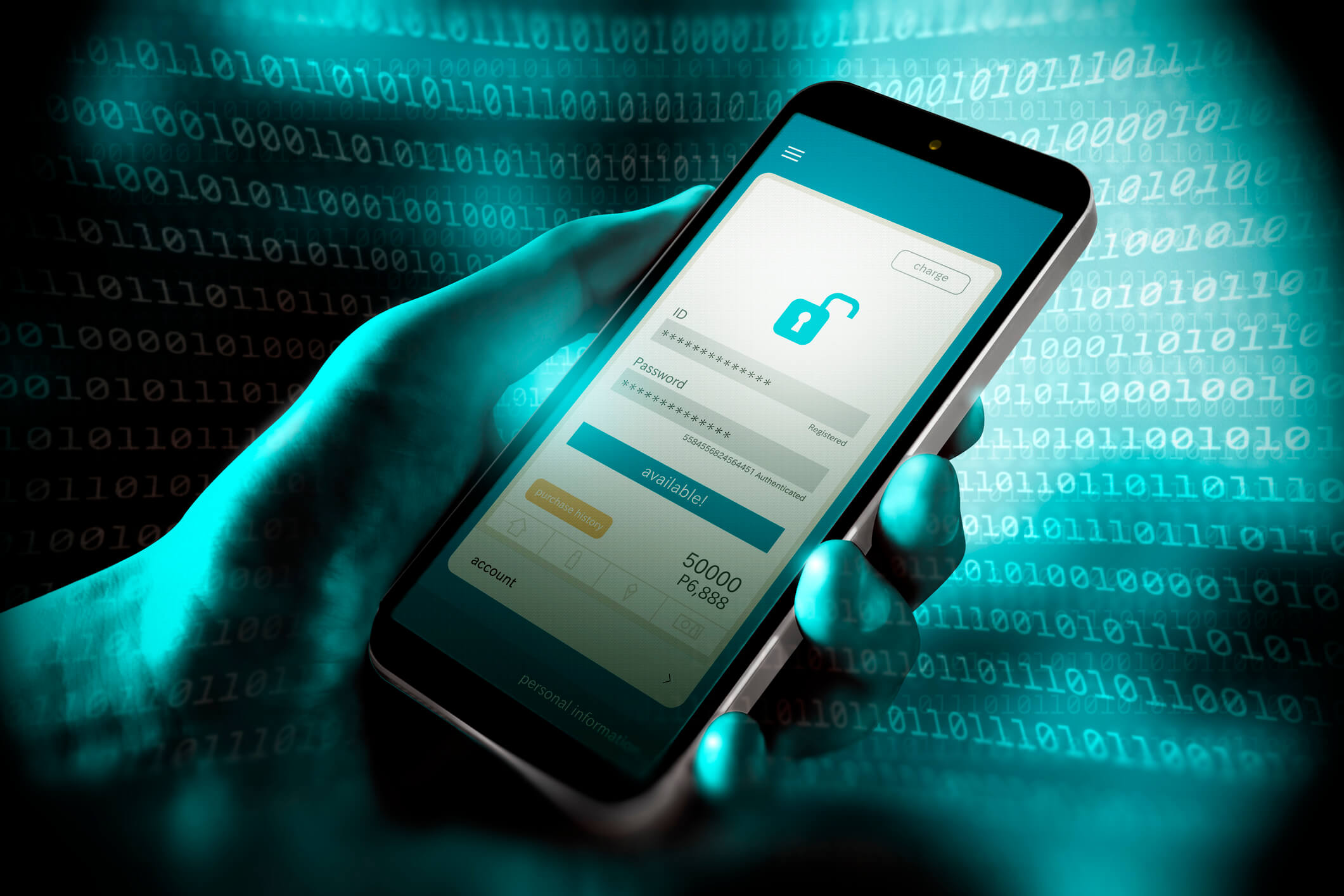Many small businesses do not consider falling prey to a sale made with a stolen credit card until they become victims. It makes you vulnerable to losing money and trust. As a business, you want to minimize the risks and cut losses regarding fraud.
Even though credit card fraud is rare, it is something you can’t neglect if your business accepts it. It is estimated that such activities cause losses amounting to $16.31 billion worldwide; almost half of these are reported in the United States.
It can happen regardless of whether your business operates online or offline and can be conducted on a massive scale. A particular group was caught and charged with conducting a credit card fraud that had caused losses of around $13 million over 16 months.
Usually, holiday seasons are good times for all kinds of business owners. Sadly, the profits can fade away if such a loss occurs, resulting in additional liabilities for the business or the owner. It is seen that many businesses start placing preventative measures only when credit card fraud hits them. It is suggested that owners take proactive measures to prevent such losses from affecting them in the first place.
Spotting Fraudulent Orders
If your business takes orders online or over the phone, there are a few things you can do to screen suspicious orders. One of the most common methods is to ask for AVS or CVV verification methods. These methods are valuable for transactions in which the credit card isn’t physically present.
Other things that you can look for are:
- Large or expensive orders placed online, especially if they require things like same-day shipping or overnight shipping
- Buyers who claim they will place a large order and ask for a catalog or list of what you sell
- Customers who are hesitant to provide personal information, such as phone numbers or full name
- Shipping to foreign countries paid by a US card or orders with different billing and delivery addresses
Labeling a transaction as fraud is not feasible if it fits only one condition. However, several reasons could be reason enough to be suspicious. It is suggested that you investigate the matter to avoid losses.
What Should be Done to Investigate the Order Further?
If you find several of the above things applicable to the order, you have legitimate reasons to be suspicious. To thoroughly analyze whether it is fraudulent, you can do various checks to ensure that the order is being placed by the cardholder or someone authorized by the credit cardholder. These are:
- Request complete information on the cardholder, such as name, address, phone number, and zip code.
- Make CVV a compulsory requirement for transactions.
- Verify the provided information through the bank or another verification system practiced in your area. If the information doesn’t match up, decline the order.
- Block transactions through a service that intercepts the order based on the region of origin and other things. These services are available easily for a fee.
- Attempt to call on the contact information of the cardholder. Decline the order if you can’t reach the cardholder.
- Look up local orders and match them with phone numbers and addresses in the phone book.
- Utilize an address verification service to mark suspicious sales and block them.
- When you ship the product, it is wise to send a reminder message. Sometimes, people forget what they have ordered. A letter to the billing address may also help you verify the order.
If you take these steps to cut losses, your business will do all possible to avoid credit card fraud.
Conclusion
In conclusion, small businesses must prioritize fraud prevention to safeguard against credit card scams. Proactive measures and thorough order scrutiny are vital to mitigate risks and protect finances and trust. By implementing robust verification processes and remaining vigilant, businesses can significantly reduce the likelihood of falling victim to fraudulent transactions, ensuring long-term stability and security.
 About Complete Controller® – America’s Bookkeeping Experts Complete Controller is the Nation’s Leader in virtual bookkeeping, providing service to businesses and households alike. Utilizing Complete Controller’s technology, clients gain access to a cloud platform where their QuickBooks™️ file, critical financial documents, and back-office tools are hosted in an efficient SSO environment. Complete Controller’s team of certified US-based accounting professionals provide bookkeeping, record storage, performance reporting, and controller services including training, cash-flow management, budgeting and forecasting, process and controls advisement, and bill-pay. With flat-rate service plans, Complete Controller is the most cost-effective expert accounting solution for business, family-office, trusts, and households of any size or complexity.
About Complete Controller® – America’s Bookkeeping Experts Complete Controller is the Nation’s Leader in virtual bookkeeping, providing service to businesses and households alike. Utilizing Complete Controller’s technology, clients gain access to a cloud platform where their QuickBooks™️ file, critical financial documents, and back-office tools are hosted in an efficient SSO environment. Complete Controller’s team of certified US-based accounting professionals provide bookkeeping, record storage, performance reporting, and controller services including training, cash-flow management, budgeting and forecasting, process and controls advisement, and bill-pay. With flat-rate service plans, Complete Controller is the most cost-effective expert accounting solution for business, family-office, trusts, and households of any size or complexity.



